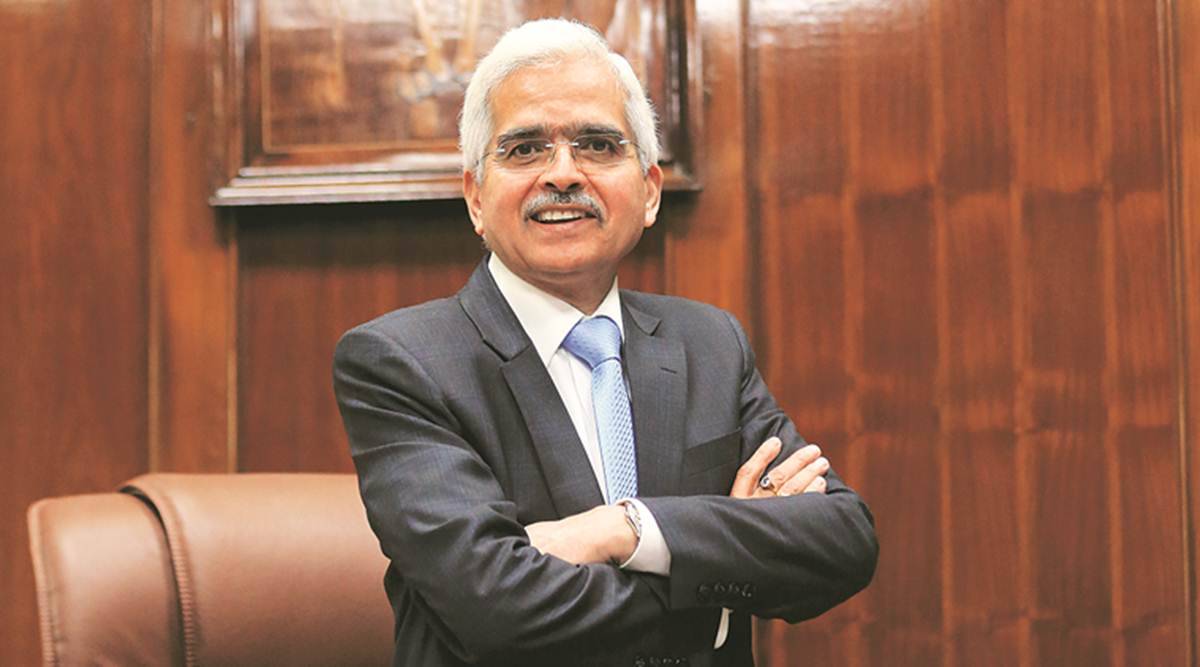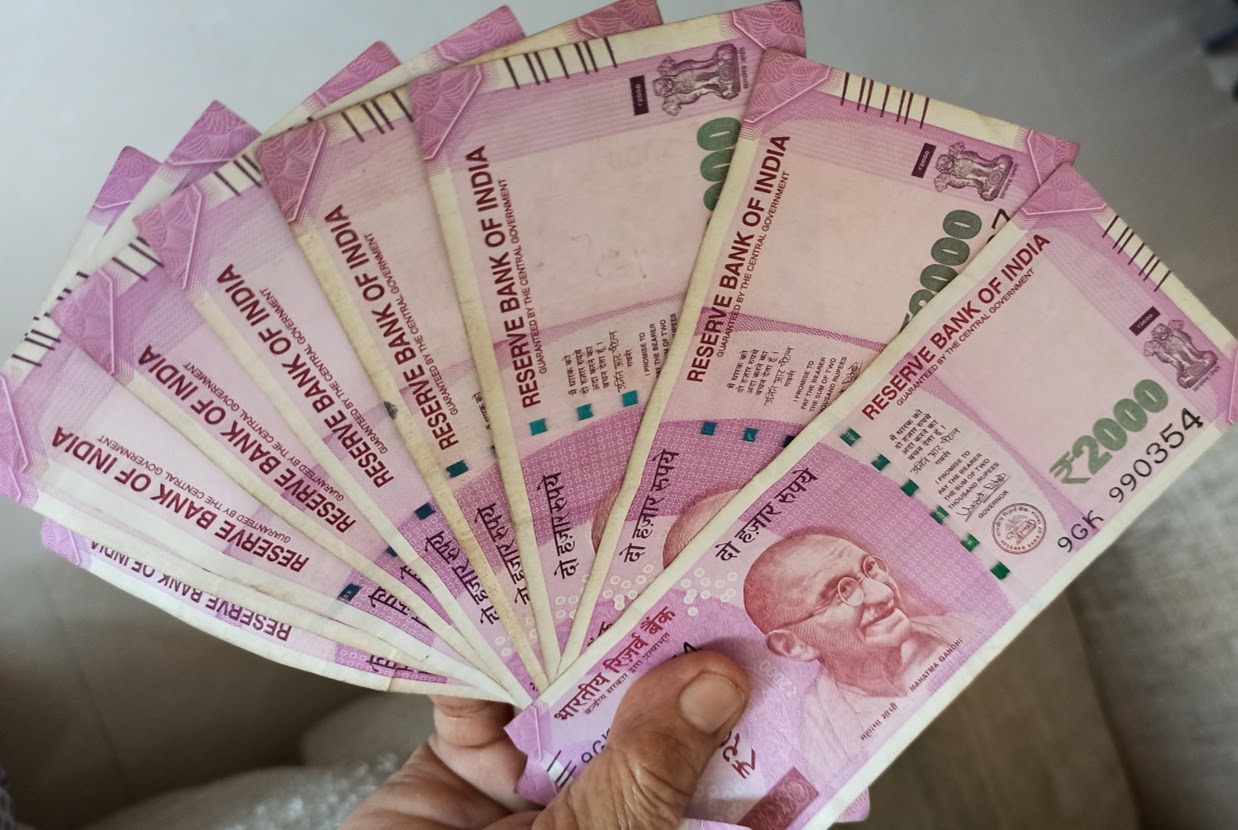More than two-thirds of the Rs 2,000 currency notes have returned to the banking system a month after the withdrawal process was initiated by the Reserve Bank of India (RBI).
On 19 May, the RBI had ordered for the recall of the Rs 2,000 banknotes worth around Rs 3.62 lakh crore. Customers could exchange the notes in banks from 23 May and the window was open till 30 September 2023.
"More than two-thirds or Rs 2.41 lakh crore worth of the Rs 3.62 lakh crore (as of March 31, 2023) of the now-recalled 2,000 banknotes have come back to the system as of mid-last week," RBI Governor Shaktikanta Das told news agency PTI.
Of the total money that has come back to the system, as much as 85% are in deposits and the rest in currency exchanges, he said.
Das told PTI that the note recall will have no impact on the monetary stability while refusing to comment on a recent analyst report that claimed that the move would lead to higher consumer spending, which has been under stress for some time, and which in turn would help prop the economy up and grow over the projected 6.5%.
"I don't see any negative impact of the note recall on the economy at all," Das said.
The central bank and the government project the GDP to clip at 6.5% this fiscal, with Q1 printing in at 8.1% and then tapering off in the subsequent quarters.
After issuing the recall order on 19 May and asking banks to open special counters to collect the notes from the public from 23 May, the central bank said the existing 2,000 denomination banknotes would continue to be legal tender.
Later, Das said he was not sure whether he would ask the government to cancel the legal tender status of these notes after the 30 September deadline.
The 2,000 banknotes were introduced in November 2016 (under Section 24(1) of The RBI Act, 1934) within days of the November 8 demonetisation wherein the government had withdrawn the legal tender status of all the 500 and 1,000 banknotes to meet the currency requirements in an expeditious manner.





